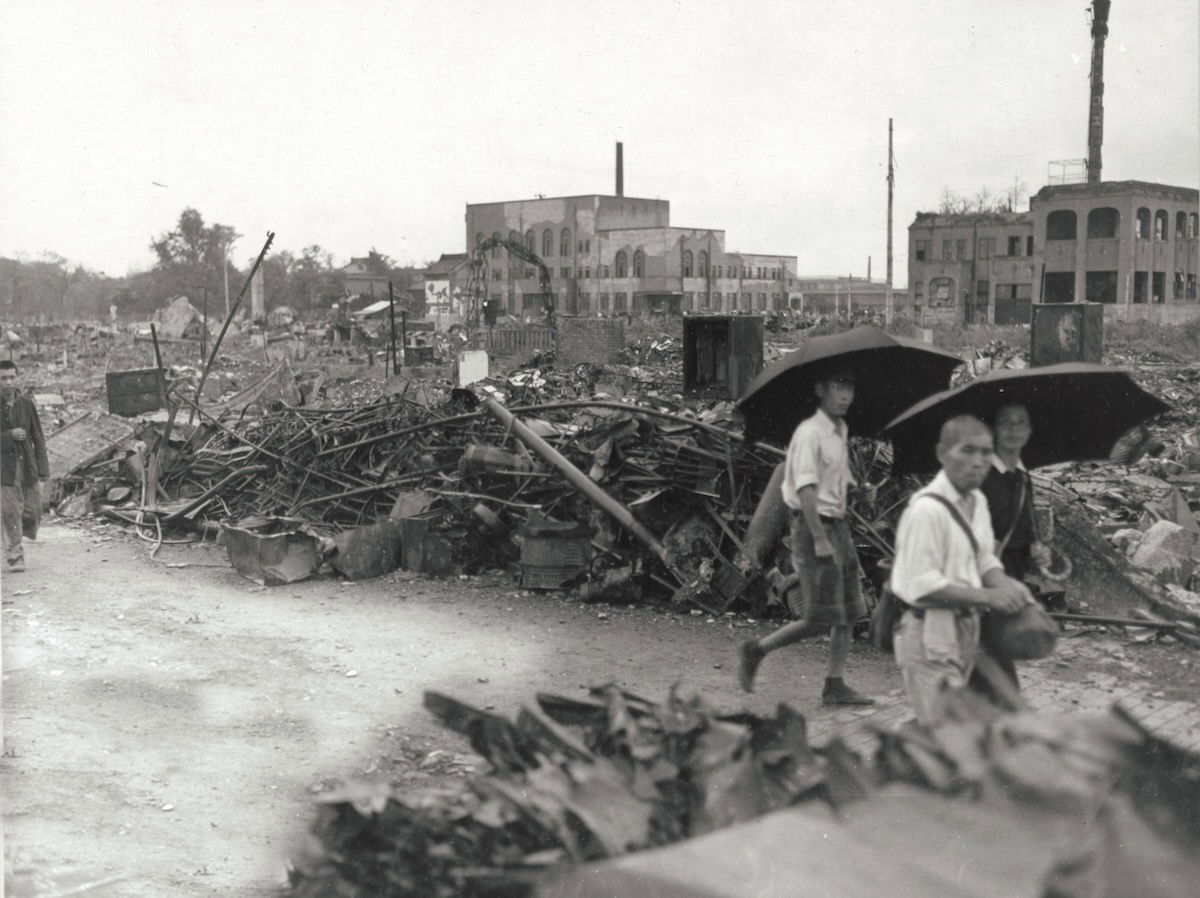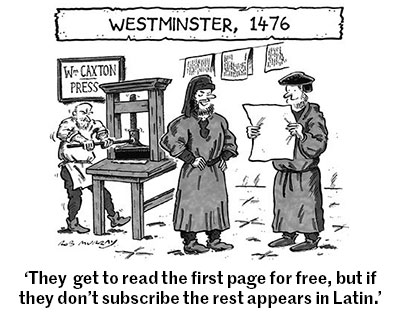The Firebombing of Tokyo
American air raids on Japan’s capital burned the city in March 1945, killing 80,000 people in one night alone. ‘Had to be done’, said the general who ordered it.

In his memoirs, the American air force general Curtis LeMay reflected on the results of the devastating air raid he had ordered on the crowded central zones of the Japanese capital, Tokyo, in March 1945. Although the raid resulted in the deaths of at least 80,000 people in one night – the heaviest death toll of any conventional bombing raid then or since – LeMay considered it a necessary price to pay in the effort to end the war in the Pacific. ‘We knew we were going to kill a lot of women and kids when we bombed that town,’ he admitted: ‘Had to be done.’
